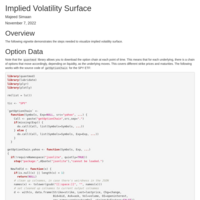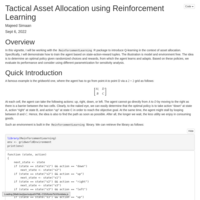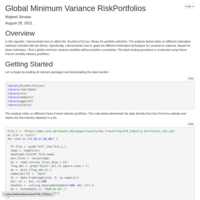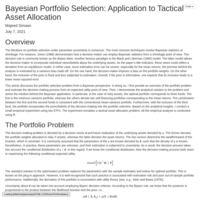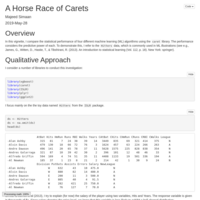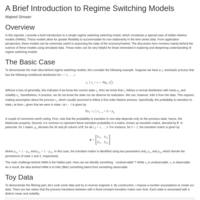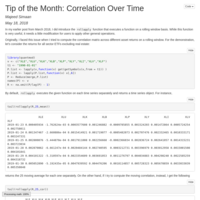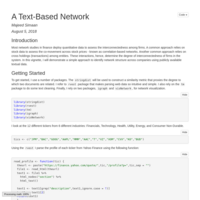Recently Published
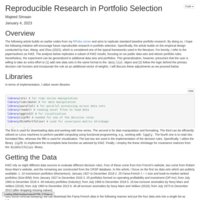
Reproducible Research in Portfolio Selection
The following article builds on earlier codes and aims to replicate standard baseline portfolio research. By doing so, I hope the following initiative will encourage future reproducible research in portfolio selection. Specifically, the article builds on the empirical design conducted by Kan, Wang, & Zhou (2022), which is considered one of the typical frameworks used in the literature. For brevity, I refer to the paper/authors as KWZ. The analysis below replicates a subset of KWZ results, focusing on six public data sets and eleven portfolio rules. Nonetheless, the experiment can be generalized to additional data sets and portfolios. This generalization, however, presumes that the user is willing to take an extra effort to (1) add new data sets in the same format to the `data_list` object and (2) follow the logic behind the primary decision rule function and incorporate the rule as an additional vector of weights. I will discuss these adjustments as we proceed below.
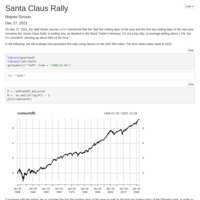
Santa Claus Rally
This vignette evaluates the performance of the Santa Claus Rally using daily returns on the S&P 500 index. The time series dates between 1928 and 2020.
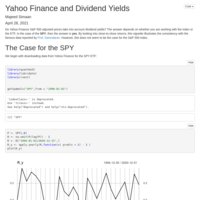
DocumentYahoo Finance and Dividend Yields
Do Yahoo Finance adjusted prices take into account dividend yields? The answer is yes. By looking at close-to-close returns, we observe the consistency with the famous data reported by Prof. Damodaran on http://pages.stern.nyu.edu/~adamodar/New_Home_Page/datafile/histretSP.html

Working with CRSP/COMPUSTAT in R: Reproducible Empirical Asset Pricing
This vignette illustrates how to clean, merge, and analyze both CRSP and COMPUSTAT using R. As part of the analysis, the vignette demonstrates how to perform portfolio formation (size and value) along with summary statistics.
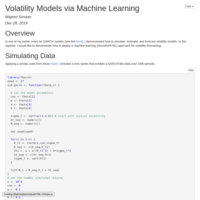
Volatility Models via Machine Learning
In this vignette, I demonstrate how to deploy a machine learning approach for volatility forecasting.
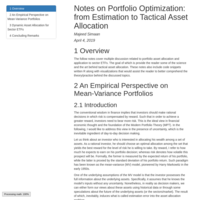
Notes on Portfolio Optimization
The following notes cover multiple discussion related to portfolio asset allocation and application to sector ETFs. The goal of which is to provides the reader part of the science and the art behind tactical asset allocation. These notes also include code snippets written R along with visualizations that would assist the reader to better comprehend the theory/practice behind the discussed topics.

